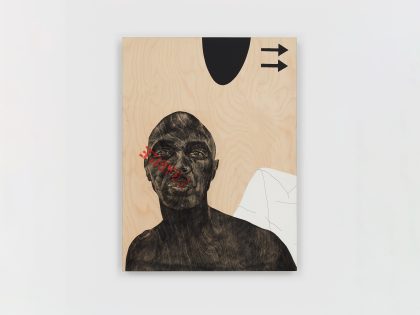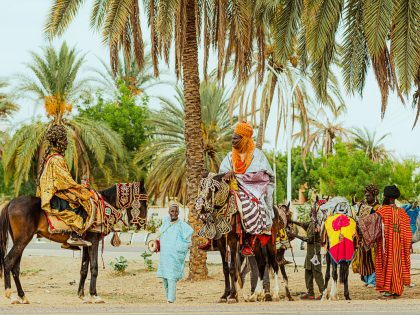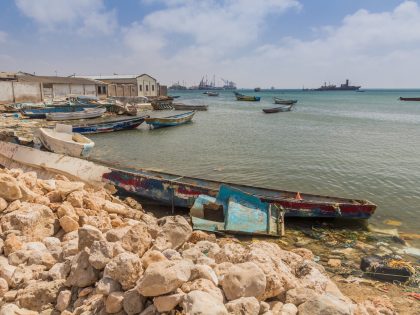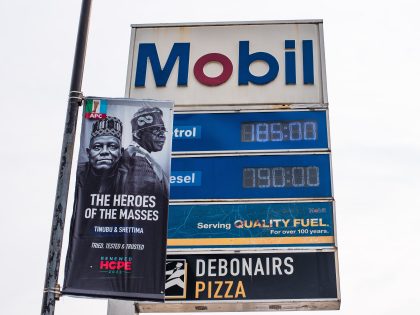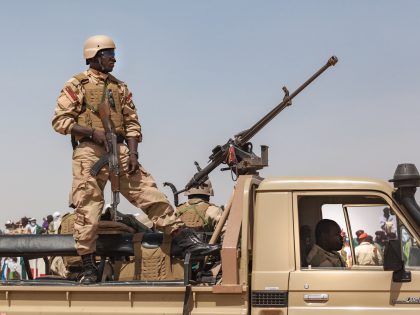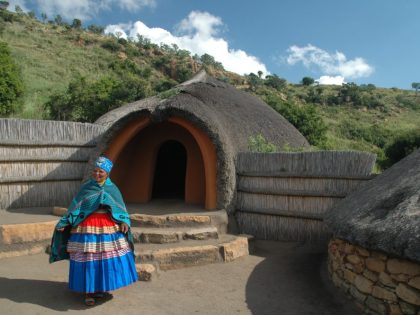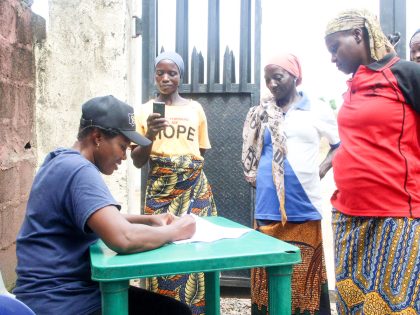Three Books on Nelson Mandela
The American public radio network, NPR, asked me, in anticipation of Nelson Mandela's birthday, to recommend 3 books its listeners could read on his life and legacy.

UNAMID.
Growing up in apartheid South Africa with widespread state censorship, it was hard to get to know our political leaders. The first time I actually saw a photograph of Nelson Mandela was in high school in the mid-1980s.
A braver classmate had managed to sneak a few grainy images into our school — a full-face, younger Mandela, his fellow Robben Island inmate Walter Sisulu and the South African Communist Party leader Joe Slovo.
We knew bits and pieces about the history of the struggle against white supremacy in our country, since apartheid-era history textbooks told only the manifest destiny-like tale of white settler triumph and the “statesmanship” of figures like the mid-century Prime Minister Jan Smuts.
So, the years since the end of apartheid meant catching up on our own history. After I came to the U.S. in 1995 to study at Northwestern University, I spent my Friday afternoons in the library, watching films that had been banned in South Africa.
And I familiarized myself especially with the life and legacy of Nelson Mandela. He is the most recognizable figure in 20th century South African history — and perhaps one of the most recognizable in world history, which I learned was the result of a conscious propaganda campaign on the part of the African National Congress in the 1970s to sway Western public opinion — in addition to Mandela’s own talents and charisma.
Since Mandela’s release from prison in 1990 the myths and stories about him have grown, through many narratives constructed by journalists and the numerous films made about him and the many books written about his life. But these three, I think, provide a good introduction to this remarkable man, who always insisted that he was part of a larger struggle and a movement.
Long Walk To Freedom The Autobiography of Nelson Mandela, by Nelson Mandela: Billed as “the autobiography” of Mandela, it is probably the most accessible book on his life. First published in 1995 by the American publisher Little, Brown and ghost-written by Richard Stengel (later a chief editor at Time) and overseen by an “editorial board” of ANC leaders, this book was written with a global, mainly U.S., readership in mind. Mandela emerges as a remarkable individual as the book charts his regal upbringing, career as a young lawyer, troubled marriages, long imprisonment, relationship with his fellow inmates and jailers, release, leading negotiations against the apartheid state, transforming the ANC into a modern political party, and finally his election in 1994 as South Africa’s first black, democratically elected president. Mandela ends the book: “I have walked that long road to freedom. I have tried not to falter; I have made missteps along the way. But I have discovered the secret that after climbing a great hill, one only finds that there are many more hills to climb …”
Conversations With Myself by Nelson Mandela: Conversations with Myself can be read as a companion to Long Walk to Freedom, though it is less triumphant and more introspective. Indeed, it comes closer to the man himself than does the better-known “autobiography by committee.” It consists of a collection of calendars, personal letters, notes, documents, interviews and an unfinished autobiography that was to be a follow-up to Long Walk to Freedom. That unfinished autobiography includes this passage: “One issue that deeply worried me in prison was the false image that I unwittingly projected to the outside world; of being regarded as a saint. I never was one, even on the basis of an earthly definition of a saint as a sinner who keeps on trying.” In some places images of the original documents are included. This book is also more personal, showing a more vulnerable Mandela. As an official of Mandela’s foundation who helped put the book together told CNN: It is “what he says to himself when he doesn’t have an audience.”
Spear Of The Nation (Umkhonto WeSizwe): South Africa’s Liberation Army, 1960s-1990s, by Janet Cherry: There is a tendency to set Mandela apart from the social or political movements that shaped him or to emphasize the mostly nonviolent aspects of the struggles against colonialism and apartheid. But Mandela was a product of the ANC, and that includes its legacy of mass protest and armed struggle. This study shows that he played a key role in the decision to embark on sabotage campaigns against the South African government and military targets after the Sharpeville Massacre in 1960 (where 69 people protesting pass laws, many of them black, were shot by police). In 1962 he traveled to Tanzania, Egypt, Tunisia, London, Morocco and the new states of West Africa to raise money and awareness about Umkhonto We Sizwe, or MK — the armed wing of the ANC. He also did military training in Ethiopia, and learned from Algeria’s successful efforts to oust French colonialists in a long, bloody war. He would be imprisoned in 1964, becoming a bystander to much of the violence, but MK soldiered on for almost three more decades, engaging the apartheid state in a low-level guerrilla struggle.This easy-to-read, little book (156 pages) by Janet Cherry, a former ANC member herself, helps to put these aspects of Mandela’s political personality into context.
This post was originally published here.











